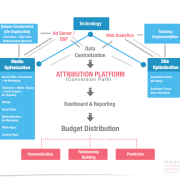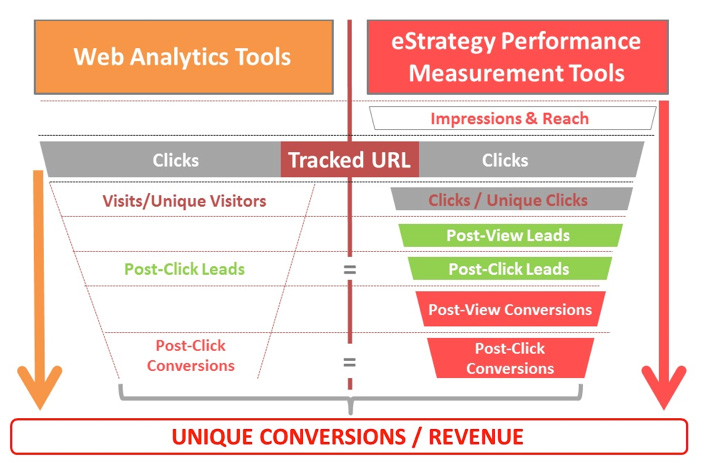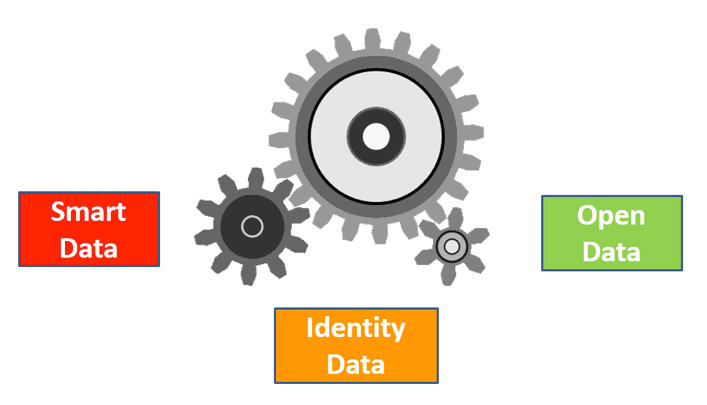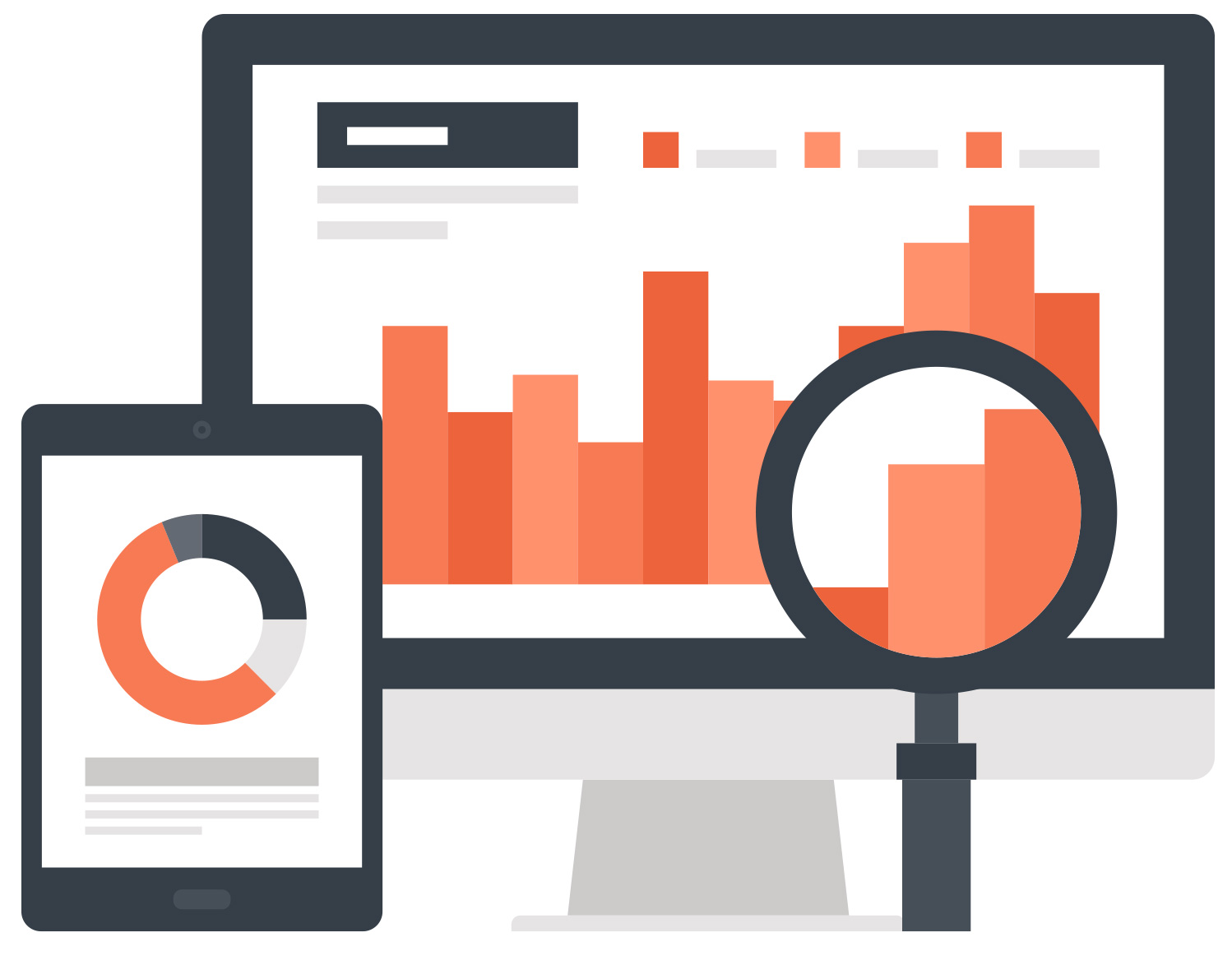Why is Google Analytics not enough?
…it’s that, not only in digital marketing but in real life, it’s vital to know what is happening from the beginning to the end of a process, and of course at any given moment, in order to understand the reason behind things, as well as to be better prepared to face any current or potential problems. For this reason, when we talk about Measurement, it is equally as important to understand what happens from outside to inside our website, and within our web site. Additionally, once users abandon the page, our web Analytics tool, given the limitations that is has in terms of measurement, must be complemented by additional tools or methodologies which help us to understand the individual Customer journey of each user, to group users of similar behaviours into Clusters, and to understand the influence and/or contribution of each Action in the Strategy in the different processes until conversion.
It’s true that in the case of the Premium version of Google Analytics, there is an API which enables us to connect said Analytics Tool with DoubleClick Campaign Manager and DoubleClick Bid Manager, which offers the possibility to connect Devices, Views and Conversions, therefore measuring not only Direct Conversions and Post Conversions, but also Post-View Conversions. However, when we look at the basic version of Google Analytics, this is still not possible. For this reason, those Advertisers who work with this version need to search for alternative ways to measure the Customer Journey.
The Difference between Web Analytics Tools and Tools aimed at measuring the output of each and every action in the Strategy both in isolation and as a whole.
The centralization of Data and its role in the unification of metrics
In “Communication Processes” aimed at boosting the Conversion of a website – understanding this to be achieving an objective – and at generating/improving the level of Engagement with the different Target Audiences, we need to incorporate other tools to complement our Web Analytics Tool. The centralization of data through Data Center is probably one of the best solutions, since it enables us to work with unique IDs, and data related to and intrinsic to the Attribution Model.
Strategic Efficiency: Historical, Profiling, Personalization and Predictive Marketing
Strategic Efficiency is the capacity to achieve the maximum output using as few resources as possible, reaching a fixed goal. The key elements to achieve efficiency in the Digital Strategy are: Historical, Profiling, Personalization and Predictive Marketing.
-Historical: We need to understand the “Customer Journey” of the different users, until Conversion.
-Profiling: We need Data relevant to Real Time about each User in the moment before landing on a Landing Page or page of a web site.
-Personalization: We need to show the appropriate Message/Content/Offer to each one of the Users at the right moment.
-Predictive Marketing: We need to direct User navigation within our website to build or strengthen their willingness in a replicated scenario.
The final result of Strategic Efficiency is the correct distribution of the Budget, a scenario in a way «utopian» nowadays, but where Analysis is essential for this to be achieved. Big Data and own Data do not make any sense and serve no purpose if there is no Strategic Analysis before decision-making and action.






